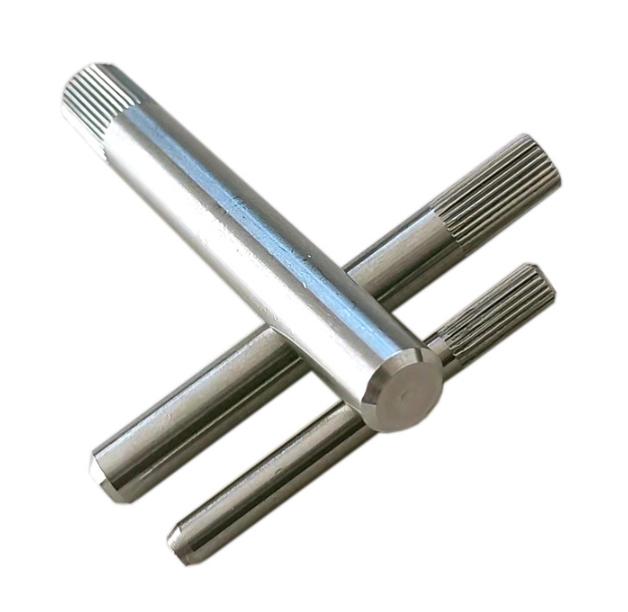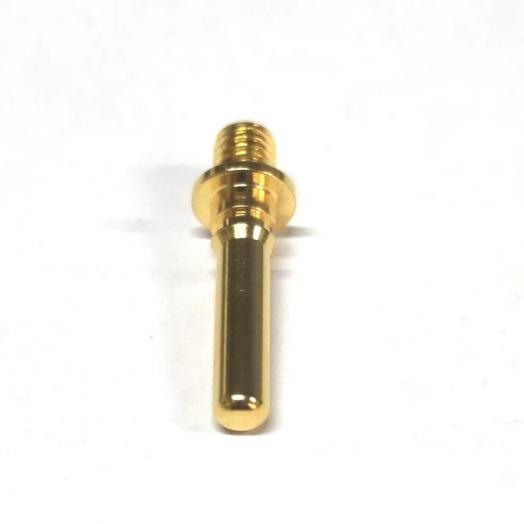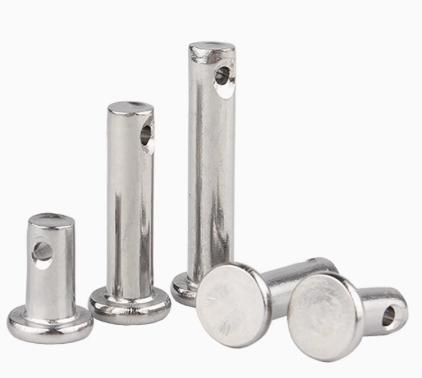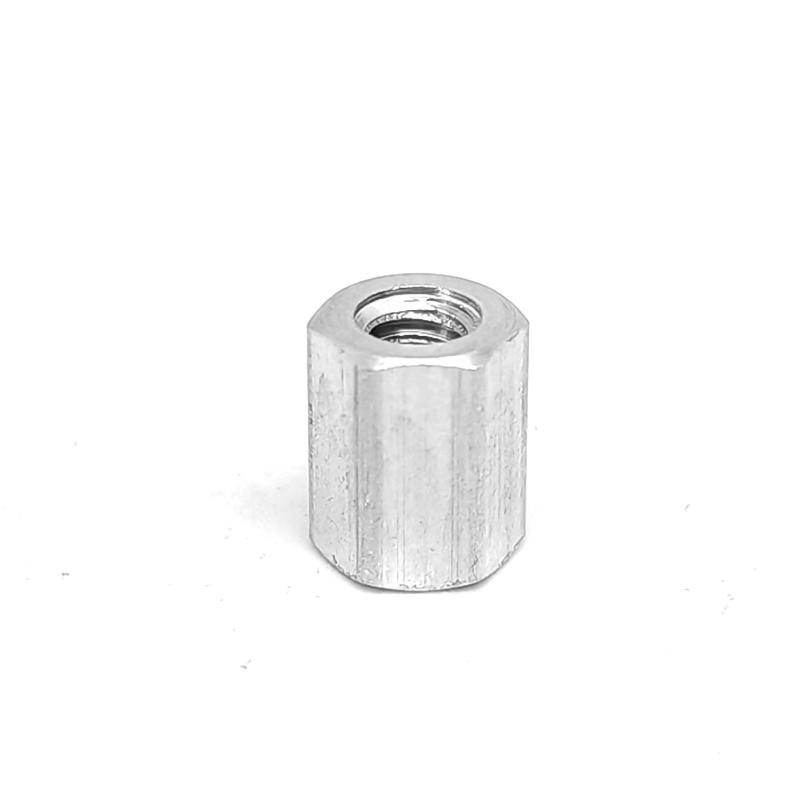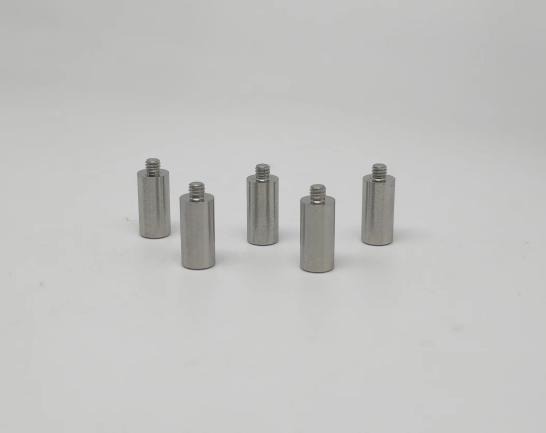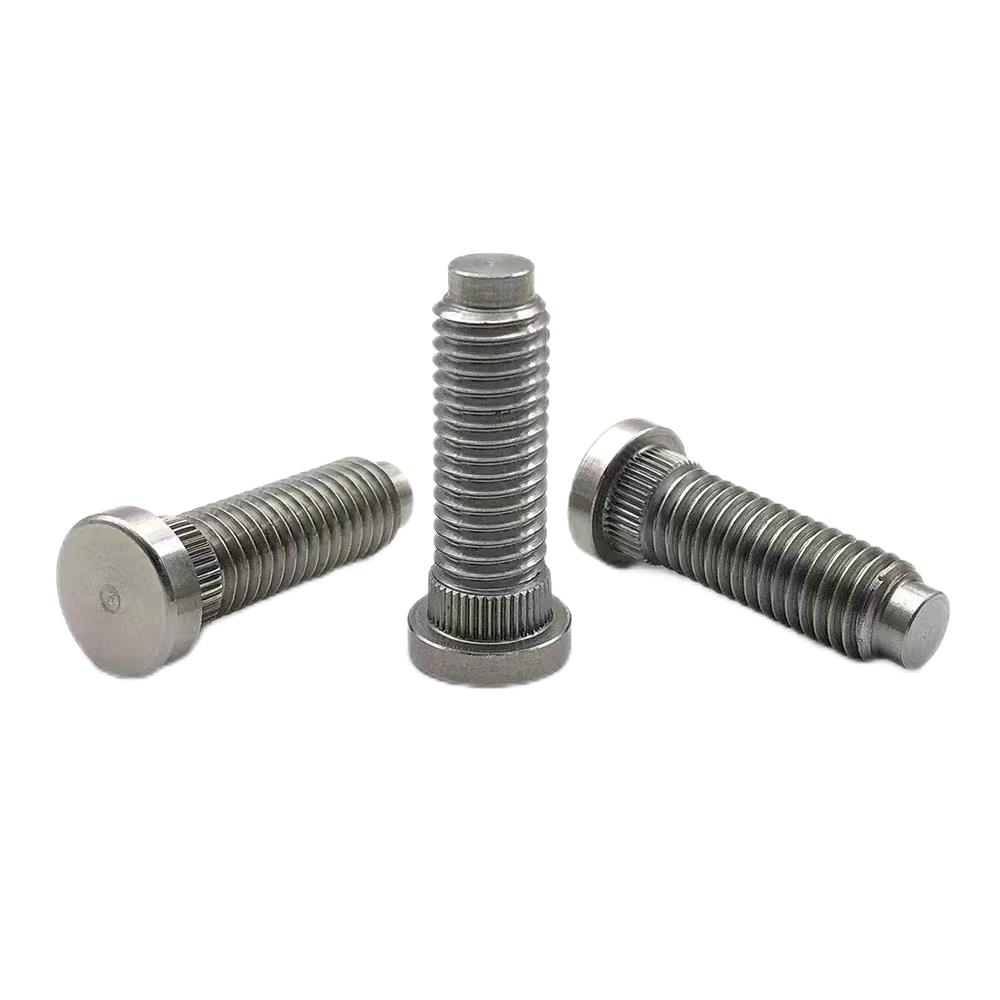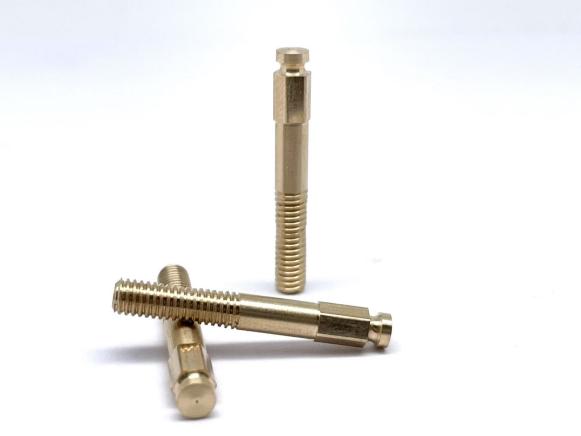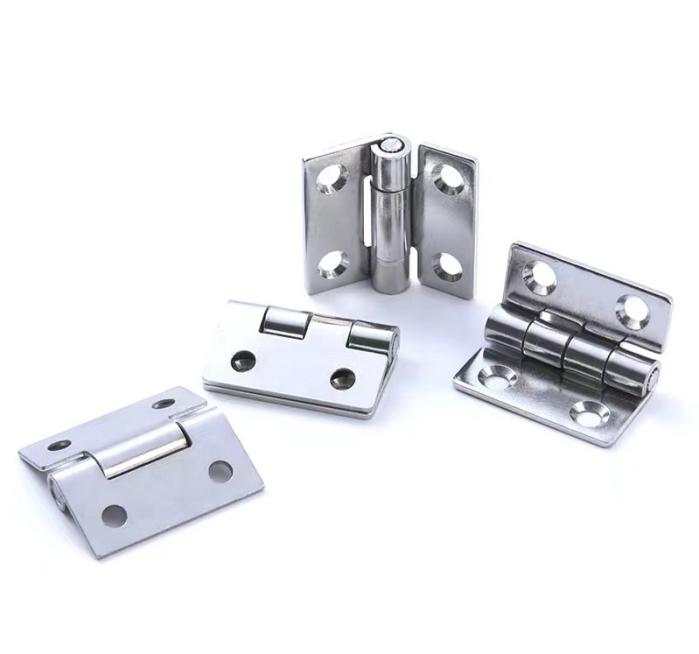Innovations in Materials and Tooling for CNC Turning
CNC turning has evolved significantly over the years, thanks to persistent innovation in materials and tools. As sectors seek greater precision, efficiency, and versatility, manufacturers are challenging old machining paradigms. In this article, we explore the latest innovations in materials and tooling for CNC turning, revolutionizing the way we fabricate components and advancing manufacturing capabilities.
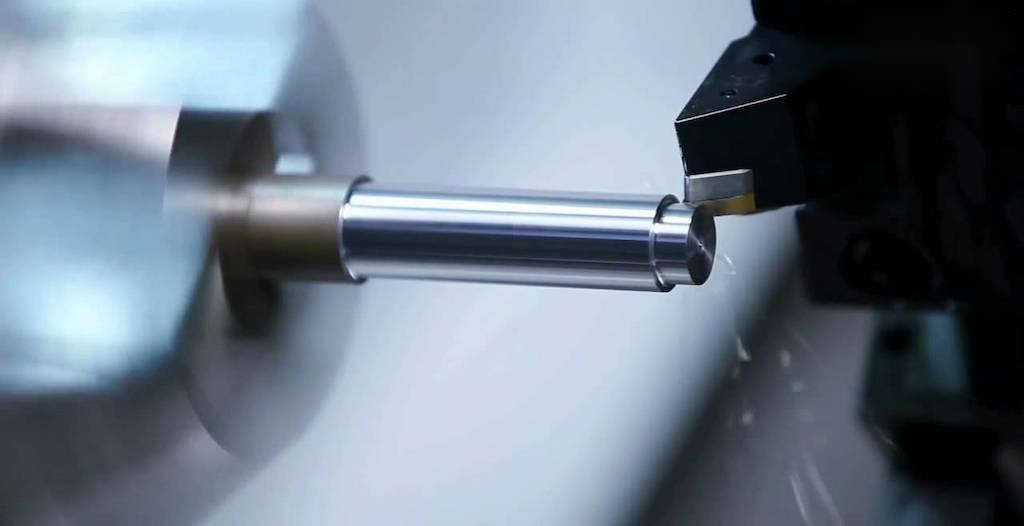
The Basics of Materials and Tooling for CNC Turning
Characteristics and Applications of Materials for CNC Turning
| Materials for CNC Turning | Characteristics | Applications |
| Metals | Aluminum: Lightweight, high machinability, corrosion resistance | Aerospace, automotive, electronics |
| Steel: Durable, versatile, high strength | Automotive, construction, machinery | |
| Brass: Good thermal and electrical conductivity | Electrical components, plumbing | |
| Titanium:Exceptional strength-to-weight ratio, corrosion resistance | Aerospace, medical, automotive | |
| Plastics | Acrylic (PMMA): Transparent, lightweight | Signage, display fixtures, optics |
| Nylon: High strength, abrasion resistance | Gears, bearings, structural parts | |
| Polyethylene (PE): Chemical resistance, impact strength | Conveyor components, medical devices | |
| PEEK: Thermal stability, mechanical properties | Aerospace, automotive, medical |
Characteristics and Applications of Tooling for CNC Turning
| Tooling for CNC Turning | Characteristics | Applications |
| Inserts | Carbide: Hardness, wear resistance, heat resistance | Ferrous and non-ferrous machining |
| Cermet: Ceramic-metal blend, high wear resistance | High-temperature cutting applications | |
| Diamond: Exceptional hardness, machining abrasive materials | Carbon fiber composites, high-silicon aluminum alloys | |
| Tool Holders | Turning Holders: Securely hold inserts, various configurations | External, internal, threading operations |
| Boring Bars: Enlarge holes, precise internal features | Hole enlargement, internal machining | |
| Grooving & Parting Tools: Cut grooves, slots, part off workpieces | Groove cutting, parting off |
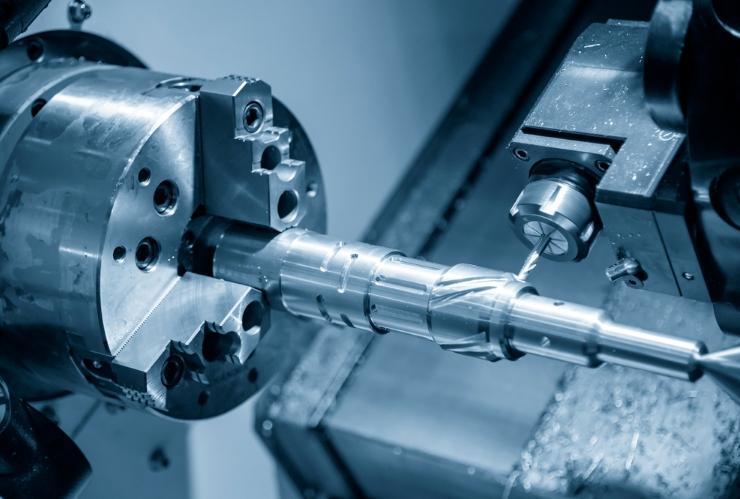
Key Areas of Materials Innovation for CNC Turning
1. Cutting Tool Materials
- Advanced tool materials including carbide, ceramics, and cubic boron nitride (CBN) are continually improving to provide superior wear resistance, faster cutting rates, and a smoother surface finish.
- Coatings such as titanium nitride (TiN), titanium carbonitride (TiCN), and diamond-like carbon (DLC) are used on cutting tools to increase hardness, reduce friction, and extend tool life.
2. Workpiece Materials
- Innovations in metallurgy have led to the development of high-performance alloys and superalloys with improved strength, heat resistance, and machinability, expanding the possibilities for CNC turning applications.
3. Composite Materials
- Composite materials, such as carbon fiber reinforced polymers (CFRP) and glass fiber reinforced polymers (GFRP), have high strength-to-weight ratios and are widely utilized in aerospace, automotive, and other industries.
- Specialized cutting tools and machining processes are designed to machine composites efficiently while minimizing delamination and fiber pullout.
4. Smart Materials
- Smart materials, including shape memory alloys (SMAs) and piezoelectric materials, have unique properties that can be harnessed for specific applications, such as actuation and sensing.
- CNC turning processes may be adapted to accommodate the machining challenges associated with these materials, such as their non-uniform properties and sensitivity to heat.
5. Nanomaterials
- Nanomaterials, such as nanostructured metals, ceramics, and polymers, exhibit novel mechanical, thermal, and electrical properties due to their small size and high surface area-to-volume ratio.
- Research is ongoing to explore the feasibility of machining nanomaterials with CNC turning techniques and to develop cutting tools optimized for such applications.
6. Sustainable Materials
- With growing concerns about environmental sustainability, there is a focus on developing materials that are eco-friendly, recyclable, and renewable.
- CNC turning processes can be adapted to work with sustainable materials such as bioplastics, recycled metals, and bio-based composites, contributing to more environmentally responsible manufacturing practices.
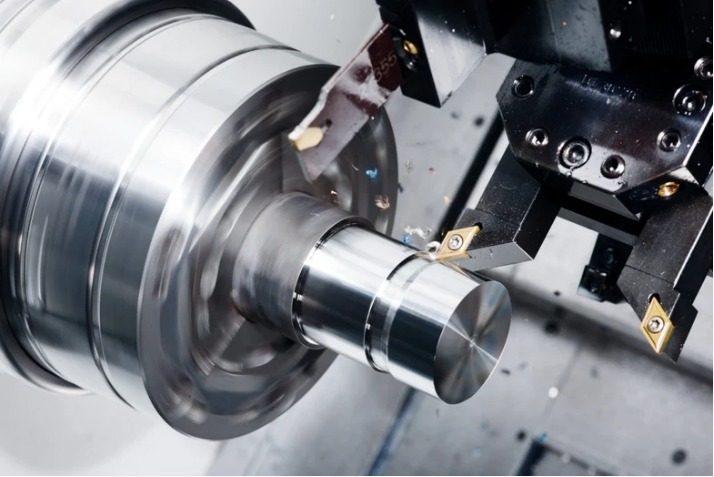
Tooling Innovation in CNC Turning
1. Advanced Cutting Tool Materials
- Carbide Inserts: Advances in carbide grades, such as micro-grain and nanostructured carbides, improve wear resistance and toughness, enabling higher cutting speeds and longer tool life.
- Ceramics: Silicon nitride and whisker-reinforced ceramics offer superior heat resistance and wear properties, making them suitable for high-speed machining of hardened materials.
- Cubic Boron Nitride (CBN): CBN inserts excel in machining hardened steels and other tough materials due to their extreme hardness and thermal stability.
2. Coatings and Surface Treatments
- Titanium Nitride (TiN), Titanium Carbonitride (TiCN), Aluminum Titanium Nitride (AlTiN), and Diamond-like Carbon (DLC) coatings increase tool life by reducing friction, wear, and edge buildup.
- Advanced surface treatments, such as laser surface texturing and chemical vapor deposition (CVD), boost cutting performance and chip evacuation while lowering cutting forces and heat production.
3. Geometrical Innovations
- Variable Helix and Variable Pitch Designs: These cutting edge geometries minimize vibration and chatter, leading to improved surface finish and dimensional accuracy.
- Chip Breaker Designs: Innovative chip breaker geometries optimize chip formation and evacuation, enhancing process stability and reducing the risk of chip clogging and tool damage.
4. Tool Holder Technology
- High-precision tool holders with optimized clamping mechanisms ensure rigidity and accuracy during machining, reducing tool deflection and improving surface finish.
- Modular Tooling Systems: Quick-change tooling systems allow for rapid tool changes, reducing downtime and increasing overall machine productivity.
5. Coolant Delivery Systems
- Through-coolant tool holders and cutting tools deliver coolant directly to the cutting zone, improving chip evacuation, reducing tool wear, and prolonging tool life, especially in high-speed and deep-hole machining applications.
- Advanced coolant formulations, such as high-pressure, high-temperature (HPHT) coolants and minimum quantity lubrication (MQL) systems, optimize cutting performance while minimizing environmental impact.
6. Monitoring and Control Systems
- Tool condition monitoring systems in CNC machining, which include vibration sensors, acoustic emission sensors, and temperature sensors, provide real-time data on tool wear and cutting conditions, allowing for predictive maintenance and process optimization.
- Adaptive control technologies adjust cutting parameters dynamically based on sensor feedback, optimizing cutting performance and maximizing tool life.
7. Customized Tooling Solutions
- Tailored tooling solutions in CNC turning, such as bespoke tool shapes and coatings, meet specific machining issues and needs, improving performance and efficiency for distinct applications and materials.
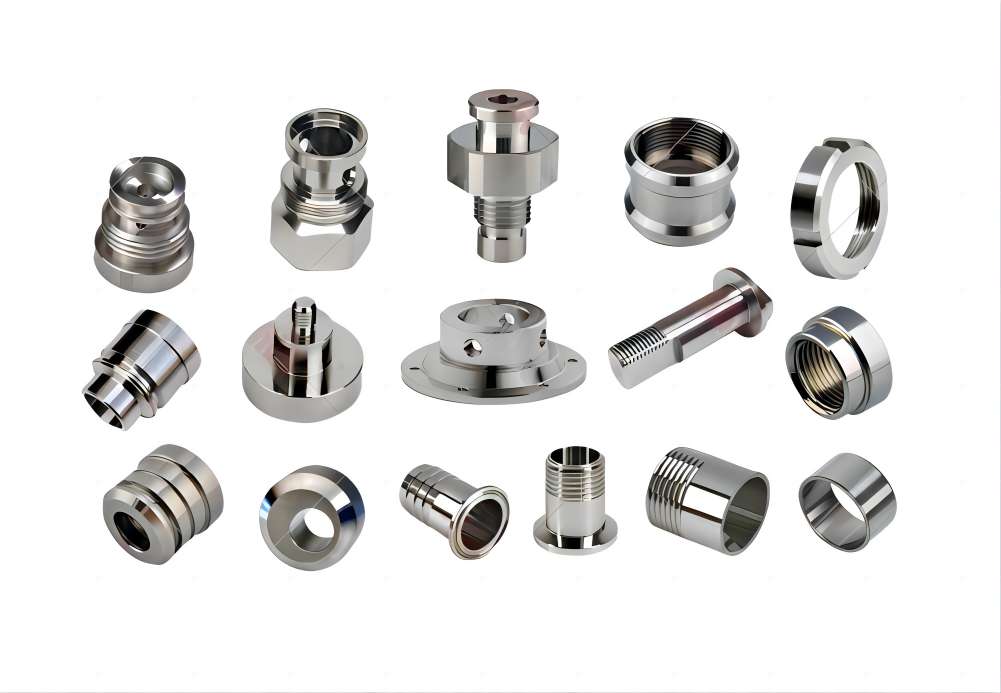
Conclusion
Materials and tooling innovations are transforming the CNC turning scene and opening up new options for precise engineering, allowing manufacturers to tackle complex challenges. As the quest for innovation continues, the synergy between materials and tooling will continue to drive breakthroughs in CNC turning, allowing for the fulfillment of daring ambitions and groundbreaking achievements in manufacturing excellence.

